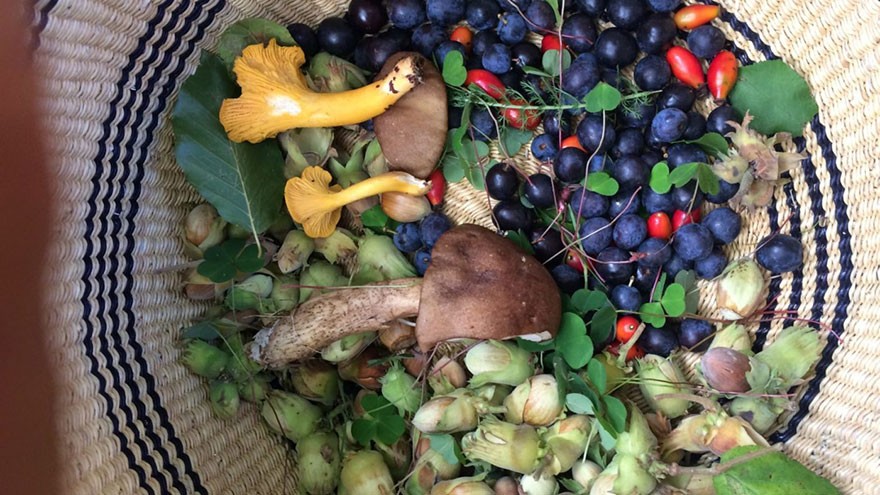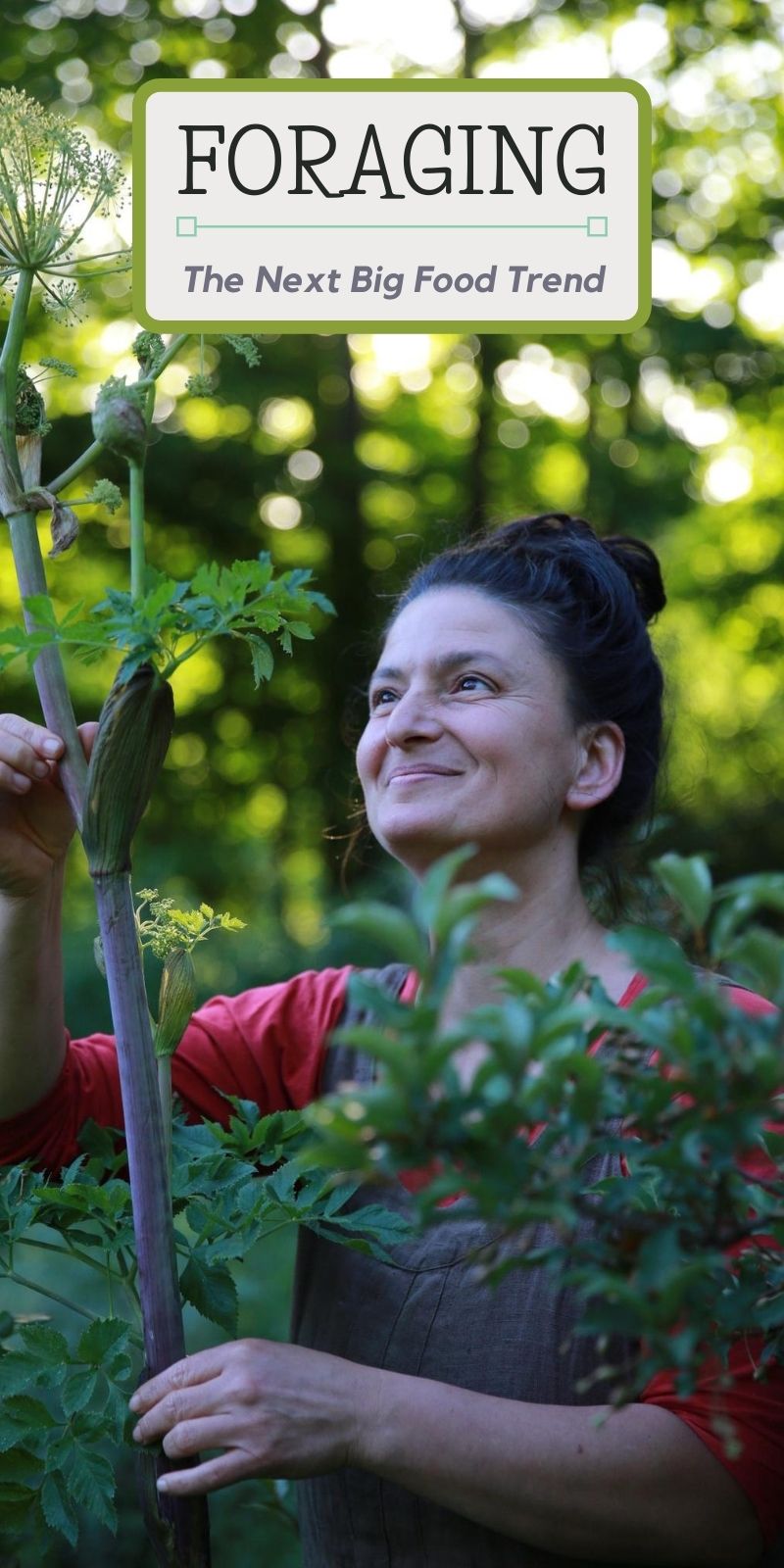Foraging: The Next Big Food Trend
Our ancestors knew the value of foraging – finding, harvesting, and eating wild food. Even as recently as World War II, most families knew how to spot nutritious edible weeds and fruits.
But then supermarkets became huge and there was one on every corner. Why bother to forage when you can just drop by the local grocery store to buy what you need? Well, modern foodies are rediscovering some good reasons why.
What is Foraged Food?

Foraged food is free food; given the world’s economy, this has more appeal than it has in a while.
Foraged food is always healthy and often more nutritious than store bought food. For example, fresh dandelion greens have much more nutrition than any green you can grow in a traditional vegetable garden. With foraged food you also never have to worry about packaging that contains BPA or food that’s genetically modified.
Foraging is fun; it gets you outside and tunes you into nature.
Part of the joy of foraging is that anyone can do it. It doesn’t matter whether you live in the country or one of the nation’s largest cities – there are wild edibles near your doorstep. And while it’s vital to properly identify plants before eating them (because not all of them are edible and a few are deadly), all it takes is a good field guide or some good Internet research to get you going.
There are some wild edibles you almost certainly already recognize but didn’t know were food. Like the dandelion – the perfect first foraging food. Dandelions grow abundantly in most parts of the world. Almost everyone knows what they look like and there are no poisonous plants that look like dandelions.
The commonly eaten part of dandelions are their leaves, best harvest in the early spring. But every part of the dandelion may be consumed.
Important Rules in Foraging

There are two important rules in foraging.
- The first is to never harvest anywhere chemicals might have been sprayed. Stick to your own yard, a family member’s or neighbor’s yard you are sure is never sprayed, or a wilderness area. (Public parks usually use chemicals to control weeds.) It’s also wise to avoid edibles growing near roadways, since plants may absorb fumes.
- The second is stewardship. Never take all the flowers, leaves, or fruit off a wild edible. Picking too many leaves will kill plants, and picking all the fruit or flowers doesn’t allow the plant to reseed, ensuring future food. If possible, harvest a little from many plants, rather than all (or a lot) from a single plant.
Also be tuned in to where the plant is growing. If it’s on someone’s mow strip, you’ll be stealing if you harvest it. If it’s a tree that overhangs onto the sidewalk, technically you can pick from it, but morally you’ll be stealing again.
Although one would think foraging is allowed in public parks (after all, taxpayers paid for those parks), this is sometimes not the case.
Be sure to check with local governments before foraging in public areas.
But most of all, have fun!
Foraging is a terrific way to expand your knowledge of the world and to experiment with new culinary flavors.

Check out the video version of this article on YouTube

